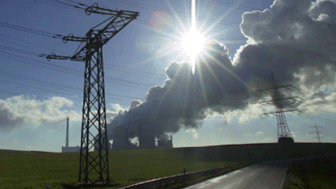Xeno-estrogenic compounds in precipitation
Abstract
The exposure to some chemicals can lead to

* Corresponding authors
a
RIKILT Institute of Food Safety, Group of Pesticides & Contaminants, Bornsesteeg 45, Wageningen, The Netherlands
E-mail:
ruudj.peters@wur.nl
Fax: +31 317 417717
Tel: +31 317 486348
b TNO Environment and Geosciences, Department of Environmental Quality, Princetonplein 9, Utrecht, The Netherlands
The exposure to some chemicals can lead to

 Please wait while we load your content...
Something went wrong. Try again?
Please wait while we load your content...
Something went wrong. Try again?
R. J. B. Peters, H. Beeltje and R. J. van Delft, J. Environ. Monit., 2008, 10, 760 DOI: 10.1039/B805983G
To request permission to reproduce material from this article, please go to the Copyright Clearance Center request page.
If you are an author contributing to an RSC publication, you do not need to request permission provided correct acknowledgement is given.
If you are the author of this article, you do not need to request permission to reproduce figures and diagrams provided correct acknowledgement is given. If you want to reproduce the whole article in a third-party publication (excluding your thesis/dissertation for which permission is not required) please go to the Copyright Clearance Center request page.
Read more about how to correctly acknowledge RSC content.
 Fetching data from CrossRef.
Fetching data from CrossRef.
This may take some time to load.
Loading related content
